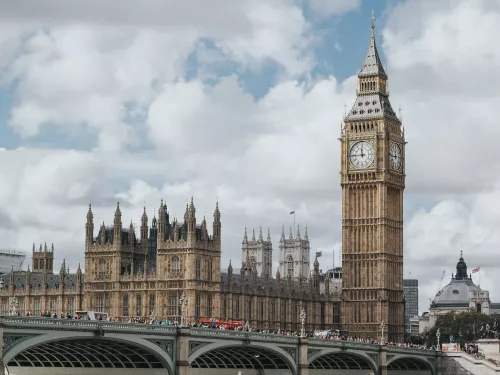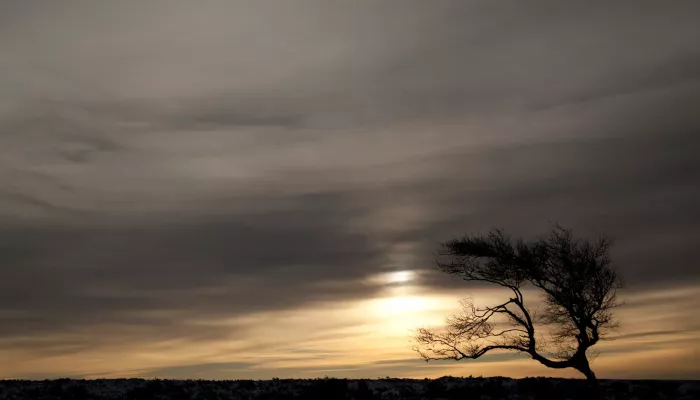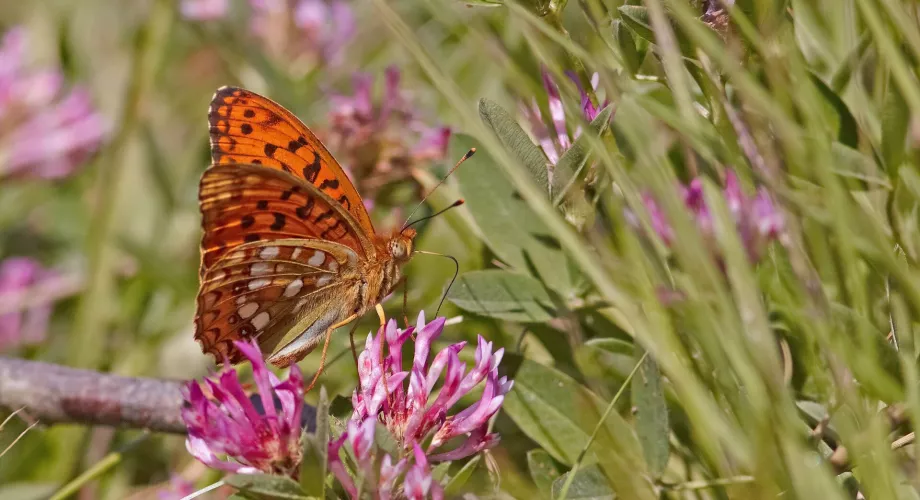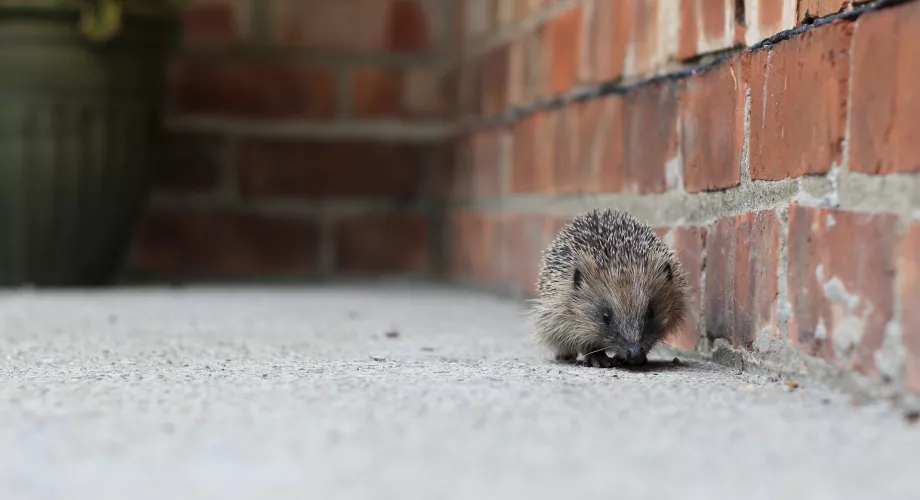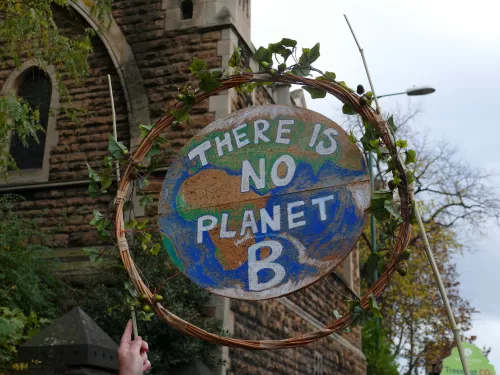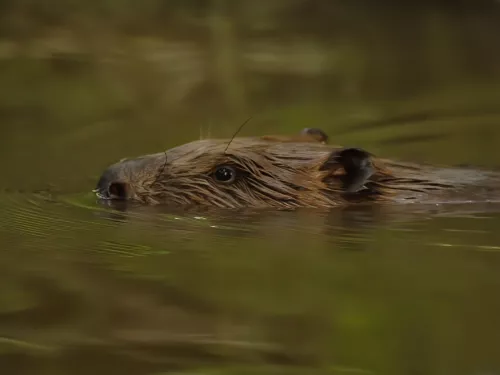The report has a foreword by a collective of young conservationists who are passionate about conservation and the future of our wildlife and nature to preserve it for future generations.
Dan Rouse, a young conservationist said: “Nature is something that shaped my childhood, that allowed me to be free to use my sense of wonder, and to gain an insight into the wonderful world of nature! It's young people that are now picking up the baton to save our nature - we've already lost Corn Buntings and Nightingales in Wales - how long until they're gone from the rest of the UK? Along with the eerie calls of curlew and the gentle purr of the turtle doves.”
Sophie Pavelle, a young conservationist said: “What a huge wake-up call 2019 has been! I have felt the loss of nature more acutely this year than any other. A dawn chorus less deafening, hedgerows less frantic, bizarre, worrying weather…it seems that in a more complex world nature is tired, muted and confused. People protect what they love, and if we can find quirky, empowering ways to encourage young people to connect with nature emotionally and see it as something they can truly champion - only then can we dig deep to find real hope for a brighter, sustained future for our natural world.”
